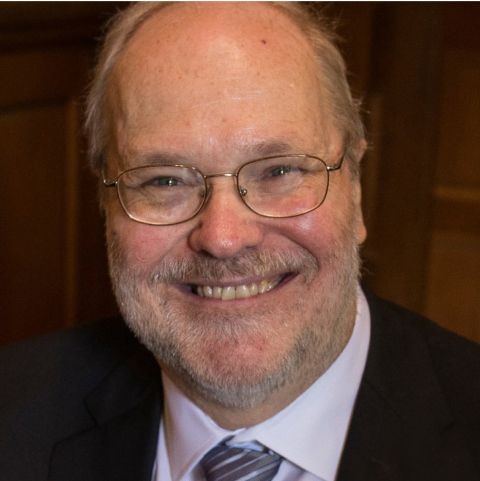U.S. ISM Manufacturing Index Declines in March; Prices Strengthen
by:Tom Moeller
|in:Economy in Brief
Summary
- Index indicates factory sector contraction.
- New orders, production & employment readings weaken.
- Prices index jumps to another three-year high.


The ISM Purchasing Managers Index of activity in the manufacturing sector declined to 49.0 during March after easing to 50.3 in February. It remained up from a low of 46.9 in October of last year. A level of 50 is the break-even point between a rising and falling level of activity. The Action Economics Forecast Survey expected a reading of 49.8 for March. The series reached a monthly high of 63.8 in March 2021.
Four of the five component indexes weakened last month. The new orders index declined to 45.2 last month from 48.6 in February. It was the lowest level since May 2023. A greatly lessened 19.9% (NSA) of respondents reported higher orders while an increased 23.3% indicated declines. The March production index fell to 48.3 after declining to 50.7 in February. It was the lowest level in four months. A higher 21.0% (NSA) of respondents reported higher production while an increased 20.9% reported lower output. The employment index fell to 44.7 in March, its lowest point in six months, from 47.6 in February. A lessened 8.3% (NSA) of respondents reported more hiring while an increased 18.0% indicated fewer hires. The supplier delivery index declined to 53.5 from 54.5 in February. A lessened 13.4% (NSA) of respondents reported slower delivery speeds while an increased 6.4% reported a quickening.
Moving higher, the inventories reading surged to 53.4 last month from 49.9 in February. The reading stands well above its low of 43.2 in October of last year. A greatly increased 21.5% (NSA) of respondents reported higher inventories while a significantly lessened 12.8% reported lower.
The prices index, which is not part of the composite series, surged to 69.4 (NSA) in March after increasing to 62.4 in February. It was the highest level since June 2022, up from a December 2022 low of 39.4. A greatly increased 46.0% of respondents reported higher prices last month, up from 12.2% in November, while a slightly higher 7.3% reported lower prices.
In other series, the export orders index fell to 49.6 in March from 51.4 during February. These readings remained above a low 45.2 in January of last year. The imports index weakened to 50.1 from 52.6 in February. It was the lowest reading in three months. The order backlog index dropped to 44.5 (NSA) last month from 46.8 in February. It was the lowest level in four months.
The ISM figures are based on responses from over 400 purchasing executives from 18 industries, which are weighted according to each industry’s contribution to GDP. These indexes are diffusion indexes where a reading above 50 indicates expansion and a reading below 50 points to contraction. The figures from the Institute for Supply Management can be found in Haver’s USECON database; further detail is found in the SURVEYS database. The expectations number is available in Haver’s AS1REPNA database.


Tom Moeller
AuthorMore in Author Profile »Prior to joining Haver Analytics in 2000, Mr. Moeller worked as the Economist at Chancellor Capital Management from 1985 to 1999. There, he developed comprehensive economic forecasts and interpreted economic data for equity and fixed income portfolio managers. Also at Chancellor, Mr. Moeller worked as an equity analyst and was responsible for researching and rating companies in the economically sensitive automobile and housing industries for investment in Chancellor’s equity portfolio. Prior to joining Chancellor, Mr. Moeller was an Economist at Citibank from 1979 to 1984. He also analyzed pricing behavior in the metals industry for the Council on Wage and Price Stability in Washington, D.C. In 1999, Mr. Moeller received the award for most accurate forecast from the Forecasters' Club of New York. From 1990 to 1992 he was President of the New York Association for Business Economists. Mr. Moeller earned an M.B.A. in Finance from Fordham University, where he graduated in 1987. He holds a Bachelor of Arts in Economics from George Washington University.




 Global
Global

